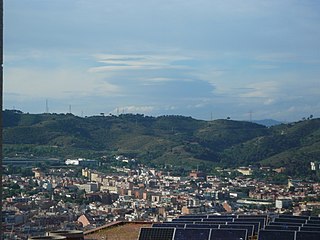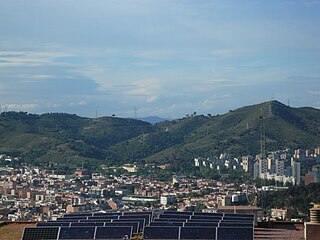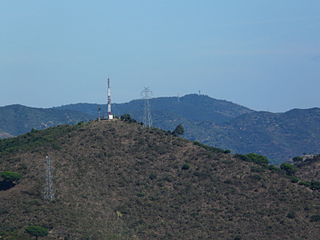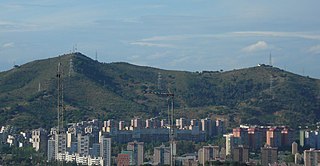Self-guided Sightseeing Tour #11 in Barcelona, Spain
Legend
Guided Free Walking Tours
Book free guided walking tours in Barcelona.
Guided Sightseeing Tours
Book guided sightseeing tours and activities in Barcelona.
Tour Facts
1.8 km
138 m
Experience Barcelona in Spain in a whole new way with our free self-guided sightseeing tour. This site not only offers you practical information and insider tips, but also a rich variety of activities and sights you shouldn't miss. Whether you love art and culture, want to explore historical sites or simply want to experience the vibrant atmosphere of a lively city - you'll find everything you need for your personal adventure here.
Activities in BarcelonaIndividual Sights in BarcelonaSight 1: Turó d'en Gras
Turó d'en Gras is a 286-metre mountain located between the municipalities of Barcelona, in the region of Barcelonès and Cerdanyola del Vallès, in the region of Vallès Occidental.
Sight 2: Turó Sul
Turó Sul is a 280-metre mountain located between the municipalities of Barcelona, in the region of Barcelonès and Montcada i Reixac, in the region of Vallès Occidental.
Sight 3: Turó d'en Segarra
Turó d'en Segarra is a 326-metre mountain located between the municipalities of Barcelona, in the region of Barcelonès and Montcada i Reixac, in the region of Vallès Occidental.
Sight 4: Turó Blau
Turó Blau is a 310-metre mountain located between the municipalities of Barcelona, in the region of Barcelonès and Montcada i Reixac, in the region of Vallès Occidental.
Sight 5: Turó de Roquetes
The Turó de Roquetes is a 304-meter mountain located in the municipality of Barcelona, in the Barcelonès region. At its foot is the neighborhood of Roquetes.
Share
Disclaimer Please be aware of your surroundings and do not enter private property. We are not liable for any damages that occur during the tours.
GPX-Download For navigation apps and GPS devices you can download the tour as a GPX file.




